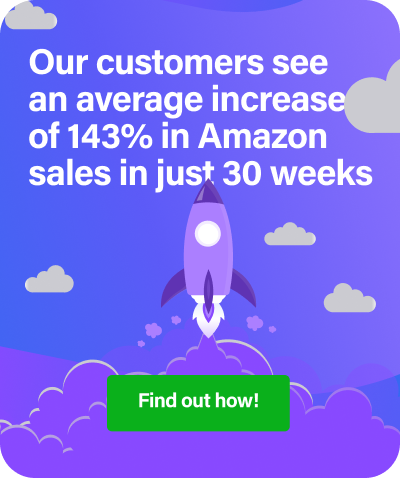Whether the popularity of individual sites rises or wanes, there’s no denying social media is an incredibly powerful tool. And when coupled with your ecommerce needs and goals, you can boost your customer base like few others. This is as true for Amazon sellers, eBay sellers and those who combine these channels with their own webstore.
Think Outside the Box
Quick, name the first social media site that comes to mind. More often than not, that answer will be Facebook. It’s a good answer, but it’s only a start and you have to think bigger and beyond just Facebook.
There’s nothing wrong with using the site, but it can be incredibly limiting overall (just think of how many hipsters have left Facebook in droves because it got too big). Instead, adapt your ecommerce needs to all the major social media sites: YouTube, Instagram, Twitter, LinkedIn, Google+, Vine, Pinterest, WhatsApp, and more.
Speaking of YouTube
A small fashion label from L.A. called Wren recently made big headlines when it released a video called “First Kiss”, which featured 20 strangers kissing for the first time. It went viral pretty quickly and reached at least 58 million views, showing just how important social media is for ecommerce.
Blogcast Your Message to the World
Although blogging has becoming incredibly popular and common in the last 10 or so years, with everyone possessing a blog the way they do a winter coat, this technique isn’t always utilised correctly.
The importance of blogging—correctly—is to improve your visibility on Google, the world’s largest search engine. It’s no secret that Google loves original content so if you can tap into that with your blog, you can improve your spot in search engine rankings.
Build a Community
The best efforts at social media are for nought if you don’t involve others, and the whole point of social media is to interact with others. Start relevant Twittersations, comment on other sites without spamming them, and always post with your maximum information embedded (e.g. ecommerce site).
Remember that it takes time to build up a solid presence with social media. Unless you’re the CEO or president of a very big company who’s made a public announcement to open social media accounts, you’re not going to start off with thousands of followers right off the bat.
Be patient and let social media work to your advantage. While that happens, use the time as an opportunity to strengthen your ecommerce business in its other areas.
Bonus Tips
- Make videos to capitalise on people’s preference for visually-fed information, such as posting questions and answers
- Respond to comments in the forum
- Conduct polls or surveys to find out exactly what your customers want from you
- Use analytic metrics to find out what works in both the short- and long-term
- Use third-party social media platforms to get them to do some of the work for you, saving you time
- Don’t be afraid to spend a little money on advertising
- Always have a strategy in place, but not one that’s so rigid you can’t tweak it to flow with what could work better
Integrating your ecommerce business with social media isn’t an option anymore, it’s a necessity—social media and ecommerce can and should live together. Unfortunately, too many people refuse to learn the rules that’ll streamline the process as efficiently as possible. Don’t let this happen to you by following the tips and advice listed here. And before you go, why not have a browse of this infographic below to get a good idea of what works and what doesn’t.


